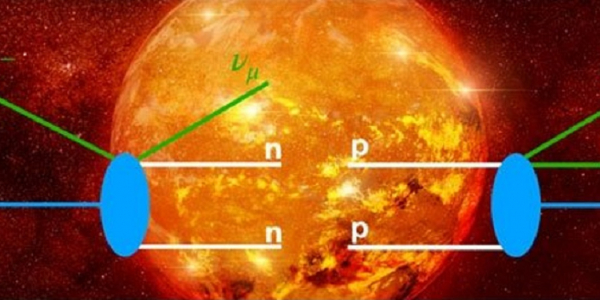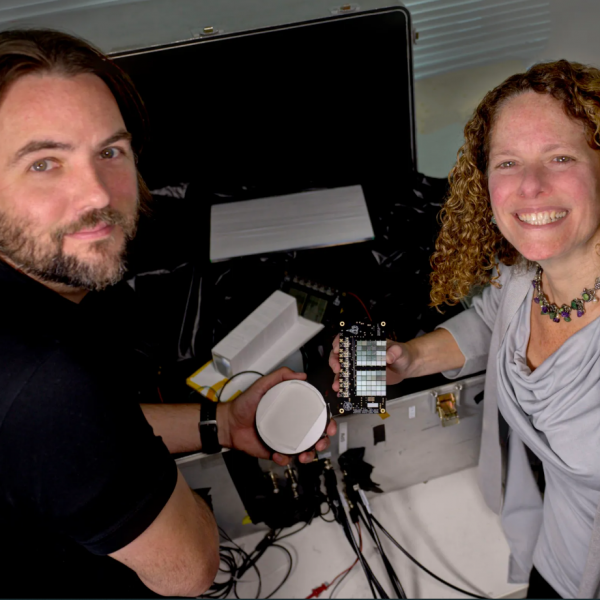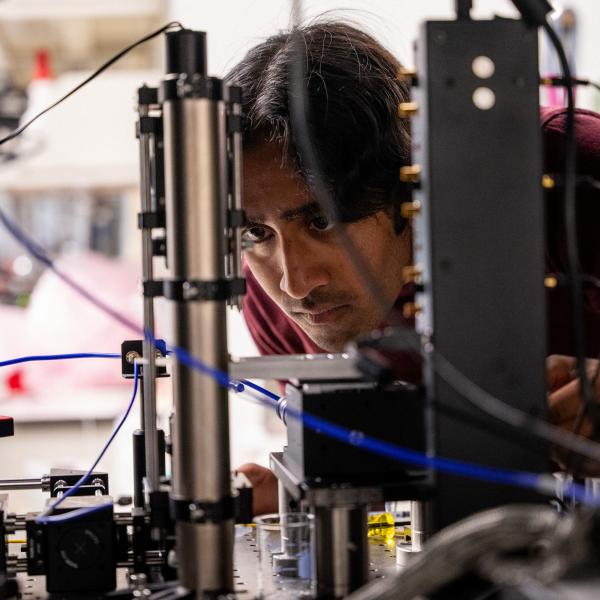The muon is a subatomic particle that resembles an electron but is 200 times heavier.
It interacts with nuclei through the weak force, one of the four fundamental forces in the Universe. When a muon binds with a deuteron (composed of one proton and one neutron), it forms a system with two neutrons. This process is analogous to proton-proton fusion, where two protons combine to form a deuteron. This is a crucial step in how stars produce energy. Although laboratory studies of proton-proton fusion are impractical, calculations for muon capture offer valuable insights. Nuclear theorists examined this muon capture, quantifying the theoretical uncertainty relevant for comparison with experimental data and for testing predictions involving proton-proton fusion.
A collaborative team of nuclear theorists including researchers from the University of Pisa and the Istituto Nazionale Fisica Nucleare in Italy, the Theory Center at the Thomas Jefferson National Accelerator Facility, and Washington University in St. Louis conducted a novel study focusing on muon capture on the deuteron.
The DOE Office of Science recently published a highlight, “Exploring Stellar Hydrogen Burning via Muons and Nuclei,” about Maria Piarulli's research. It is available on https://www.energy.gov/science/listings/science-highlights. Piarulli is an assistant professor of physics and a fellow of the McDonnell Center for the Space Sciences.
Header image: Schematic representation of the muon capture on deuteron and the “sister” proton-proton fusion reaction. Image courtesy of Alex Gnech, ECT and INFN-TIFPA Trento





